Emergence of Fintech Startups
The emergence of fintech startups is reshaping the digital banking market in Brazil. These innovative companies are leveraging technology to offer unique financial solutions, often targeting niche markets that traditional banks may overlook. As of 2025, the number of fintech startups in Brazil has surged, with over 600 active companies providing services ranging from peer-to-peer lending to robo-advisory. This proliferation of fintechs is likely to intensify competition within the digital banking market, compelling established banks to adapt and innovate. Collaborations between traditional banks and fintechs are becoming increasingly common, as they seek to combine strengths and enhance service offerings. This trend not only fosters innovation but also accelerates the adoption of digital banking solutions among consumers. As fintechs continue to disrupt the financial landscape, the digital banking market is expected to evolve, driven by the need for agility and customer-centric services.
Rising Smartphone Penetration
The increasing penetration of smartphones in Brazil is a pivotal driver for the digital banking market. As of 2025, approximately 85% of the Brazilian population owns a smartphone, facilitating access to banking services. This trend indicates a shift towards mobile-first banking solutions, as users prefer managing their finances through mobile applications. The digital banking market is likely to benefit from this surge, as financial institutions adapt their services to cater to a tech-savvy demographic. Moreover, the convenience of mobile banking applications enhances user engagement, potentially leading to higher transaction volumes. As more individuals embrace digital solutions, the competitive landscape among banks intensifies, prompting innovation and improved customer experiences. This dynamic environment suggests that the digital banking market will continue to expand, driven by the widespread adoption of smartphones across various socio-economic segments.
Increased Cybersecurity Awareness
As the digital banking market expands in Brazil, the importance of cybersecurity has become increasingly pronounced. With rising incidents of cyber threats, consumers are more aware of the need for secure banking solutions. In 2025, approximately 70% of Brazilians express concerns about online security, prompting banks to invest heavily in advanced cybersecurity measures. This heightened awareness is likely to drive demand for digital banking services that prioritize security, such as multi-factor authentication and encryption technologies. Financial institutions that effectively communicate their commitment to safeguarding customer data may gain a competitive edge in the digital banking market. Furthermore, regulatory bodies are also emphasizing the need for robust cybersecurity frameworks, which could lead to stricter compliance requirements. As a result, banks are compelled to enhance their security protocols, fostering trust and confidence among users, which is essential for sustained growth in the digital banking market.
Shift Towards Contactless Payments
The shift towards contactless payment methods is significantly influencing the digital banking market in Brazil. As of November 2025, contactless transactions account for approximately 40% of all card payments in the country, reflecting a growing consumer preference for convenience and speed. This trend is likely to accelerate as more merchants adopt contactless payment systems, further integrating digital banking solutions into everyday transactions. The digital banking market is poised to benefit from this evolution, as banks enhance their offerings to include seamless payment options. Additionally, the rise of digital wallets and payment apps aligns with consumer expectations for quick and secure transactions. This shift not only improves customer satisfaction but also encourages higher transaction volumes, ultimately driving revenue growth for digital banking institutions. As contactless payments become the norm, the competitive landscape will likely evolve, with banks striving to innovate and differentiate their services.
Growing Demand for Financial Inclusion
Financial inclusion remains a critical driver for the digital banking market in Brazil. With a significant portion of the population previously unbanked, digital banking solutions offer an accessible alternative to traditional banking. As of 2025, around 30% of Brazilians still lack access to formal banking services, highlighting a substantial opportunity for digital banks to bridge this gap. The digital banking market is likely to see growth as institutions develop tailored products for underserved communities, such as microloans and low-fee accounts. Additionally, government initiatives aimed at promoting financial literacy and access to banking services further bolster this trend. By leveraging technology, digital banks can reach remote areas, providing essential financial services to those who have been historically excluded. This focus on inclusion not only enhances the customer base but also contributes to the overall economic development of the country.


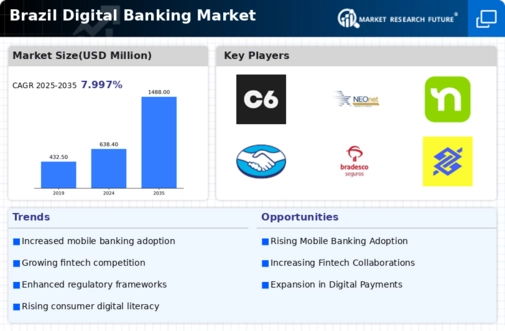
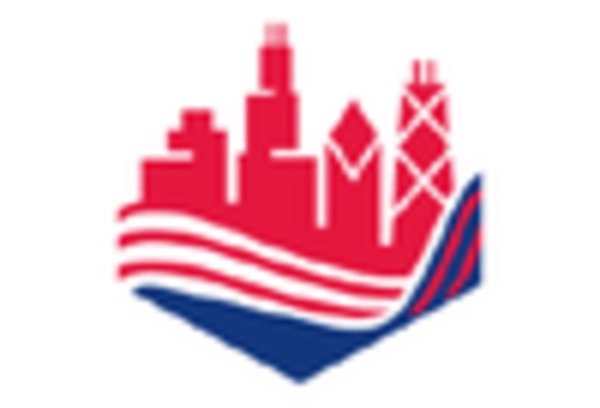
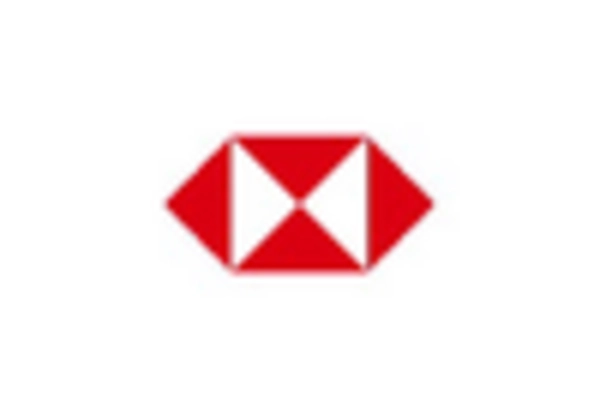

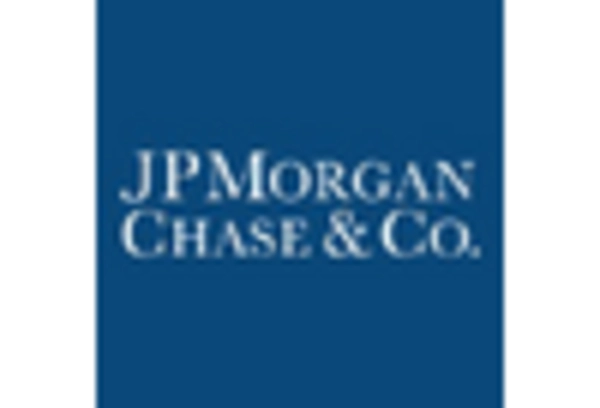

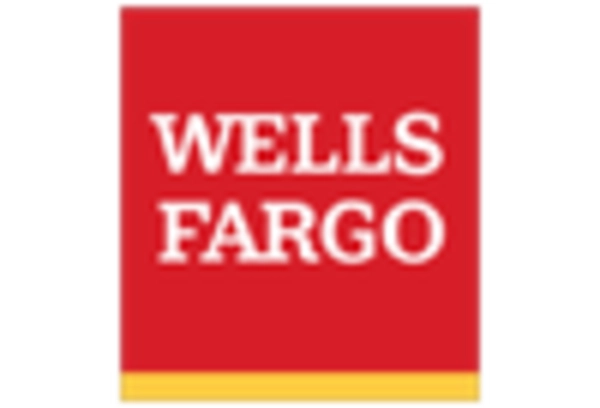








Leave a Comment